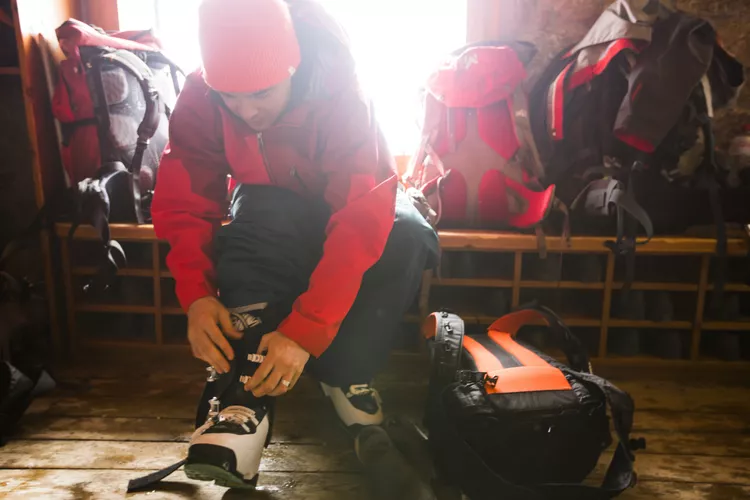1. Understanding Base Layers
2. Base Layer Fabrics Explained
3. Weight Categories of Base Layers
4. Base Layer Pant Lengths
What you wear under your ski pants is called a base layer. You can also refer to it as long underwear or even long johns; however, it is crucial not to opt for traditional cotton long underwear. Modern base layers are crafted from synthetic or fine natural fabrics that keep you dry, consequently helping you stay warm. Cotton performs poorly in both aspects. Additionally, base layers are available in different weights and, for pants, in varying lengths.
Base Layer Basics
The base layer typically serves as the only layer worn under ski pants. For the upper body, you might also wear a mid-layer over a base layer, along with a ski jacket. A single base layer suffices for most conditions; however, in extremely cold weather, consider adding a second base layer underneath your ski pants or switching to a heavyweight base layer. It’s essential for a base layer to be snug-fitting and relatively thin, allowing full movement without bunching or adding unnecessary bulk to your ski pants. Comfort is key, so super-tight or compression pants may not provide the best experience.
Base Layer Fabrics
Numerous alternatives to traditional cotton long johns or leggings exist, which often retain moisture against your skin. Synthetic materials have taken the lead in the clothing market, providing affordable, non-restrictive, moisture-wicking, and breathable layers ideal for wearing beneath ski pants. By wearing a base layer that effectively manages moisture, you are less likely to experience drastic changes in body temperature, which is a significant advantage in cold conditions.
While cotton and even treated silk may be overshadowed by the latest synthetic materials, wool continues to be a strong contender in the clothing industry. Like synthetic fabrics, wool possesses excellent wicking properties, although it does not dry as quickly as synthetics. Nevertheless, you cannot overlook wool’s remarkable capability to retain heat, making this natural fabric an excellent choice for particularly chilly days. Many natural-fiber base layers incorporate merino wool or blend merino wool with synthetic fibers, providing exceptional performance, albeit often at a higher price point.
Base Layer Weight
Base layers generally fall into three different weight categories:
- Lightweight: The standard long-underwear weight is typically the best choice for ordinary winter weather and skiing activities. It is thin enough to be worn under a second base layer or mid-layer if desired. Additionally, it effectively wicks moisture from the skin and serves as a “second skin” for warmth.
- Midweight: This type is worn alone as a heavier base layer or as an insulating layer over a lightweight base.
- Heavyweight: Sometimes referred to as thermal weight or expedition, this thick secondary base layer is usually worn over a lightweight base for extreme cold conditions. It should be looser-fitting than a lightweight or midweight layer, yet not bulky or restrictive.
Pant Length
Base layer pants come in two primary lengths: full and 3/4. Full-length pants are the standard option, extending down to the ankles. In contrast, 3/4-length pants are specifically designed for skiers and snowboarders, stopping at the top of your ski boots to prevent excess fabric or cuffs from bunching inside your boots.





